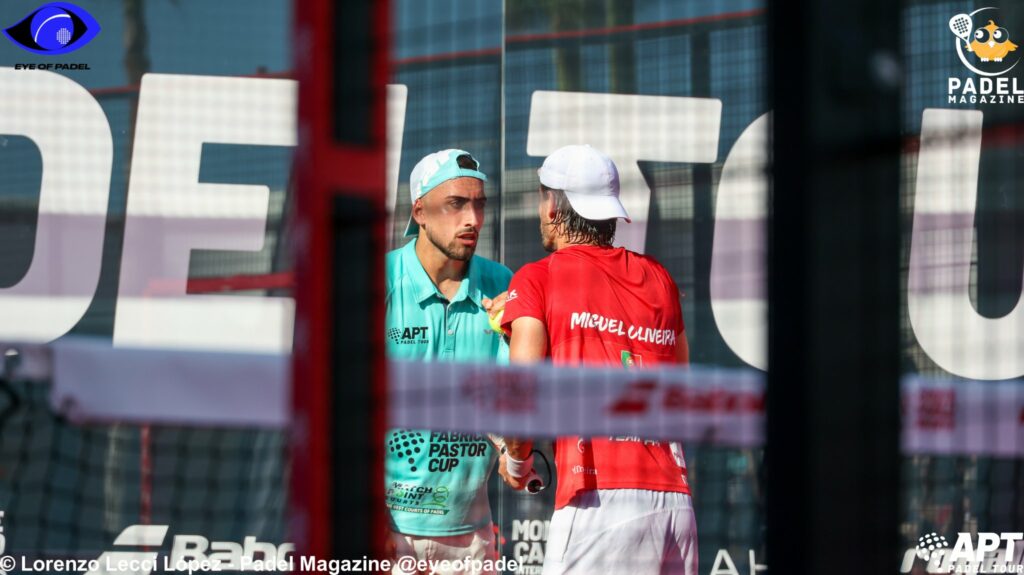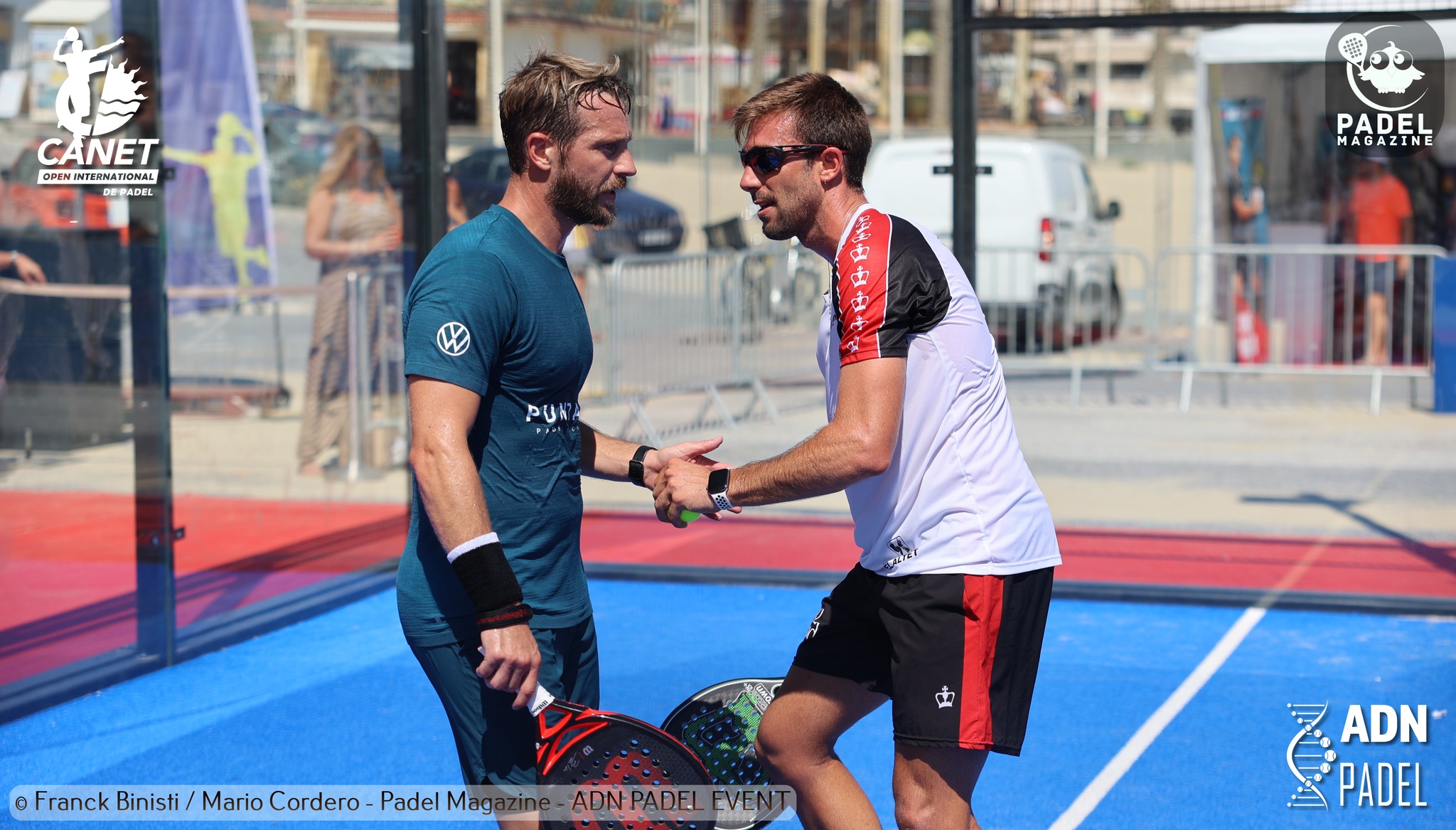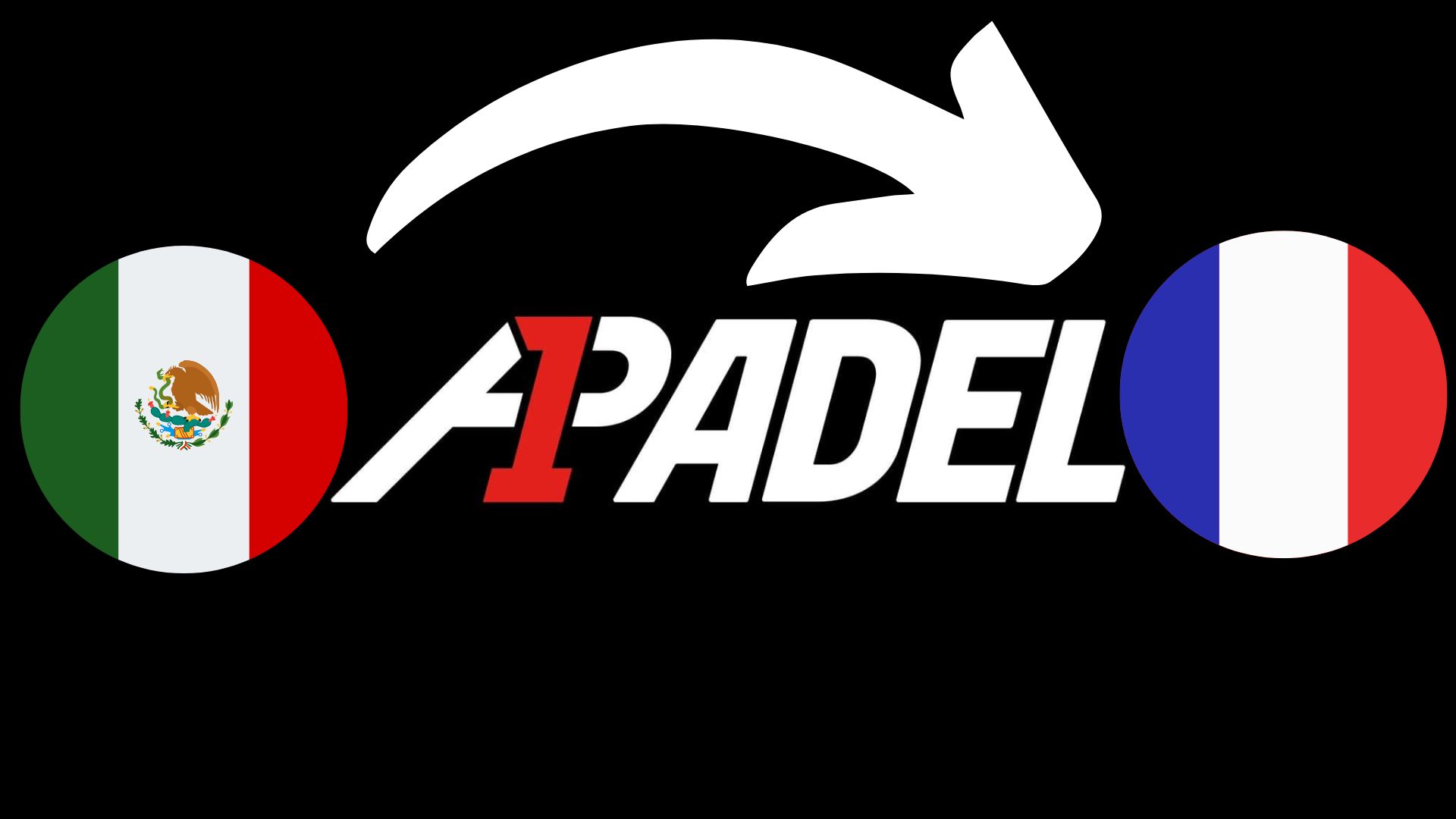When looking at a match of players from padel professionals for the first time, we can be surprised by all the information exchanged during points.
The most impressive is surely on the side of the padel feminine. Indeed, during the points, the girls do not stop giving informations. What are they saying? Should we copy them?
give the info
First of all, you have to know if you are able to give information, to speak during the point. For some people this action is very simple, but for others it is much more complicated. This is often due to relaxation. A quiet person who masters his subject can add the spoken word to his technical range.
So if you are asked to give information, but you are not comfortable, it is certainly not worth forcing yourself because you will put pressure on yourself, which could make you realize the fault afterwards. If over the course of the games you manage to relax more, you can then start giving information to your partner.
Take the info
Chatting on the track is a two-person job. One person gives the information, the other receives it and vice versa. You may be able to give information but unable or awkward to listen to what is being said to you. It's the same thing: the quieter you are, the better you will perceive the information.
But beware ; we talked about it in a previous topic, maybe you're a person who likes to make the decision on your own once you have the info, or maybe you prefer to do what your partner asks you to do.
After this headache to know if I can speak, inform, order, listen, decide, apply, comes the time to know what to say.

What could be the lexicon?
The important thing is therefore that the information passes between you and your partner, no matter what you say. But we must recognize that some information is recurring on the tracks.
- Basically : the two opponents stay in the back of the lane which allows you to play a deep ball quietly forcing them to work.
- Glued : Both players are close to the net. If you are lobbed, one of the tactics will be to play a lob on your turn. If you have to negotiate a high ball, you can indulge yourself by speeding up the shot.
- Demi : the two players are posted between the base and the net. They therefore find themselves in the middle of the service square. The most suitable option for you will be to play slow in their feet in order to prevent them from advancing.
- Yours at the bottom ou mine glued : if the two expressions describe the same situation (a player at the bottom, another at the net), they are not used the same way. Indeed, by saying “yours at the back” we implicitly advise our partner to avoid the pressure of the volleyball player and to play a more relaxed ball towards the one who has remained in defense. On the contrary, by saying “mine glued” we rather encourage him to play a strong ball on the volleyball player. It will therefore be necessary to choose your words carefully when making announcements of this type.
Finally, note that it will first be necessary to agree with your partner on what means “mine” and “yours”. Indeed, for some “mine” refers to the player who is in their diagonal, while for others it concerns the one who is in front of them!
- Quiet : this somewhat rarer announcement appears when your partner must perform a bandeja and that the two adversaries remain at the bottom. Instead of announcing “go deep”, you calm him down to play a deep, holding ball. You can also use “quiet” when you get lobbed, you get back on the back, and your partner should play a replacement lob, waiting, to reset the point.
- Go on ! It may be insignificant to you, but motivating your partner with a “Come on” during the point can allow him to surpass himself. An example, the opponents perform a bunt on your teammate's side and you push it with this shout. You will see that he will make the effort.
-Boom, fire, candela : all these words which will announce to the partner that it is necessary to strike. Inevitably, the more you know the person by your side, the easier it will be to choose the right word!
- "Me or I have ”: the “you” or “yours” is useless. Either you take the ball or you don't. To avoid discord in the middle of the track, do not hesitate to impose yourself with an "I". This is the best way to avoid problems and open the tactical discussion.

-The place where you will serve : It's very simple, but it helps enormously whoever is at the net.
-Back up or down : before the second ball of your opponents, you inform about what you intend to do; play a lob or on the contrary volley.
- Here we go or vamos: this information is interesting when you have a little time after a window exit in the center. The ball is neither too high nor too low, but gives you time to organize an attack. And this attack will necessarily be more effective with two. So you're going to play slowly behind the opponents' feet as you attack the net. By announcing "let's go", your partner will follow you to better press together.
Here is already a good sample of what you could announce on the track, for a better communication, agreement, within the team. If you do not manage to announce everything from the first day, it is not serious and completely normal, but little by little, it will do. Let's go!
Julien Bondia is a teacher of padel in Tenerife (Spain). Columnist and advisor, he helps you play better through his tutorials and tactical/technical articles padel.





































































































 Premier Padel Brussels P2 – The women’s Big 4 at the semi-finals!
Premier Padel Brussels P2 – The women’s Big 4 at the semi-finals! Premier Padel Brussels P2 – Sanz and Nieto win a big fight against Lebron / Navarro!
Premier Padel Brussels P2 – Sanz and Nieto win a big fight against Lebron / Navarro! Premier Padel Brussels P2 – The break obviously did Sanchez / Josemaria good!
Premier Padel Brussels P2 – The break obviously did Sanchez / Josemaria good! Premier Padel Sevilla P2 – From the waiting list to previas for Dylan Guichard and Ricardo Martinez!
Premier Padel Sevilla P2 – From the waiting list to previas for Dylan Guichard and Ricardo Martinez! Guillaume Codron de Sud Padel : “A family project”
Guillaume Codron de Sud Padel : “A family project” Nallé Grinda: “Democratize the padel in the USA with PadelX "
Nallé Grinda: “Democratize the padel in the USA with PadelX " Simon Boissé: “We know that there are two nations in front of us”
Simon Boissé: “We know that there are two nations in front of us” Marie Maligo: “This period of frequent changes of partners was beneficial for me”
Marie Maligo: “This period of frequent changes of partners was beneficial for me” Gilles Moretton: “We will be able to put the padel at the level of tennis”
Gilles Moretton: “We will be able to put the padel at the level of tennis” Two P1000 doubled prize money approaching!
Two P1000 doubled prize money approaching! José Manuel Escin at the inauguration of Casa Padel DOS: “Finally, and thank you!”
José Manuel Escin at the inauguration of Casa Padel DOS: “Finally, and thank you!” Miguel Lamperti: three tie-breaks and a return to the quarter-finals!
Miguel Lamperti: three tie-breaks and a return to the quarter-finals! Big evening in Brussels with two seeded players on the mat, heckled number 1s…
Big evening in Brussels with two seeded players on the mat, heckled number 1s… A1 Padel – the French Open replaces the Mexican Open on the calendar
A1 Padel – the French Open replaces the Mexican Open on the calendar Padel Score comes to Tahiti for American Express Padel Cup!
Padel Score comes to Tahiti for American Express Padel Cup! Do you know the Rafa Nadal Academy Tour?
Do you know the Rafa Nadal Academy Tour? Play at padel on his yacht? Possible for €233.000!
Play at padel on his yacht? Possible for €233.000! Our Top 10 training courses padel in France and Europe
Our Top 10 training courses padel in France and Europe At the heart of padel – Episode 25: Paul and Andoni answer your questions
At the heart of padel – Episode 25: Paul and Andoni answer your questions Tactical padel – What to do when faced with players who systematically stay at the bottom?
Tactical padel – What to do when faced with players who systematically stay at the bottom? The basic tactics of padel
The basic tactics of padel At the heart of padel – Episode 25: Paul and Andoni answer your questions
At the heart of padel – Episode 25: Paul and Andoni answer your questions At the heart of padel – Episode 23: defend the window well
At the heart of padel – Episode 23: defend the window well Prohibition on playing topless Padel : the reasons
Prohibition on playing topless Padel : the reasons FIP Tour – Going far from Europe, THE strategy to earn points!
FIP Tour – Going far from Europe, THE strategy to earn points! What is a good football player? padel ?
What is a good football player? padel ? “Lefties give me headaches when I play against them!”
“Lefties give me headaches when I play against them!” At the heart of padel – Episode 14: how to earn points in winter?
At the heart of padel – Episode 14: how to earn points in winter? A par 4 is always a winner...even if you manage to defend it!
A par 4 is always a winner...even if you manage to defend it! Carbon fiber VS fiberglass: what to choose?
Carbon fiber VS fiberglass: what to choose? How to effectively test a racket padel ?
How to effectively test a racket padel ? La padel to fight Parkinson's disease
La padel to fight Parkinson's disease Don't play with a cracked or broken racket, your body will thank you!
Don't play with a cracked or broken racket, your body will thank you! Michel Cymes: “The padel, physically, it’s serious!”
Michel Cymes: “The padel, physically, it’s serious!” Jeremy Gala: “Promote the padel among young people in Belgium remains a challenge”
Jeremy Gala: “Promote the padel among young people in Belgium remains a challenge” The French Touch Academy organizes its selection day Padel-Study
The French Touch Academy organizes its selection day Padel-Study Report on the detection and training of younger generations
Report on the detection and training of younger generations